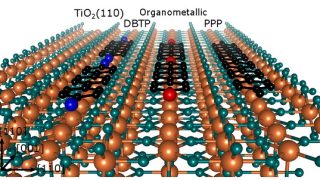
Stable, high-energy-density and fast charging lithium-ion batteries
Convenient fast charging and energy density of lithium-ion batteries have long been considered a trade-off, which has hindered the widespread adoption of electric vehicles. A new process will help develop stable, high-energy-density lithium-ion batteries capable of fast charging. A crucial prerequisite for the widespread adoption of electric vehicles (EVs) is the enhancement of lithium-ion battery […]








